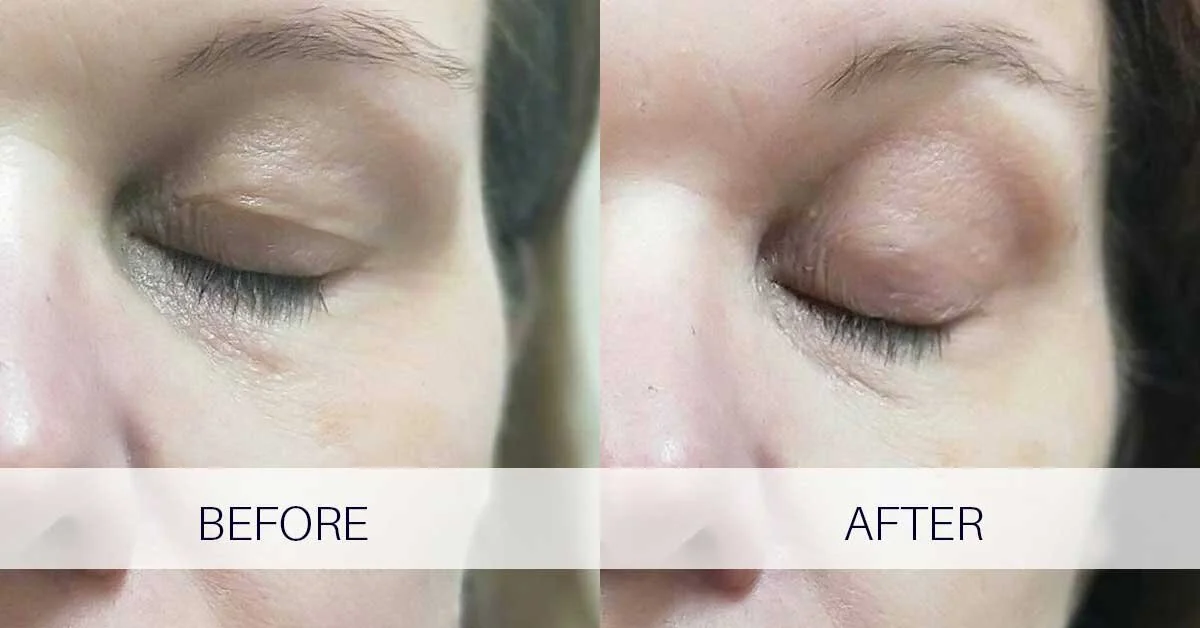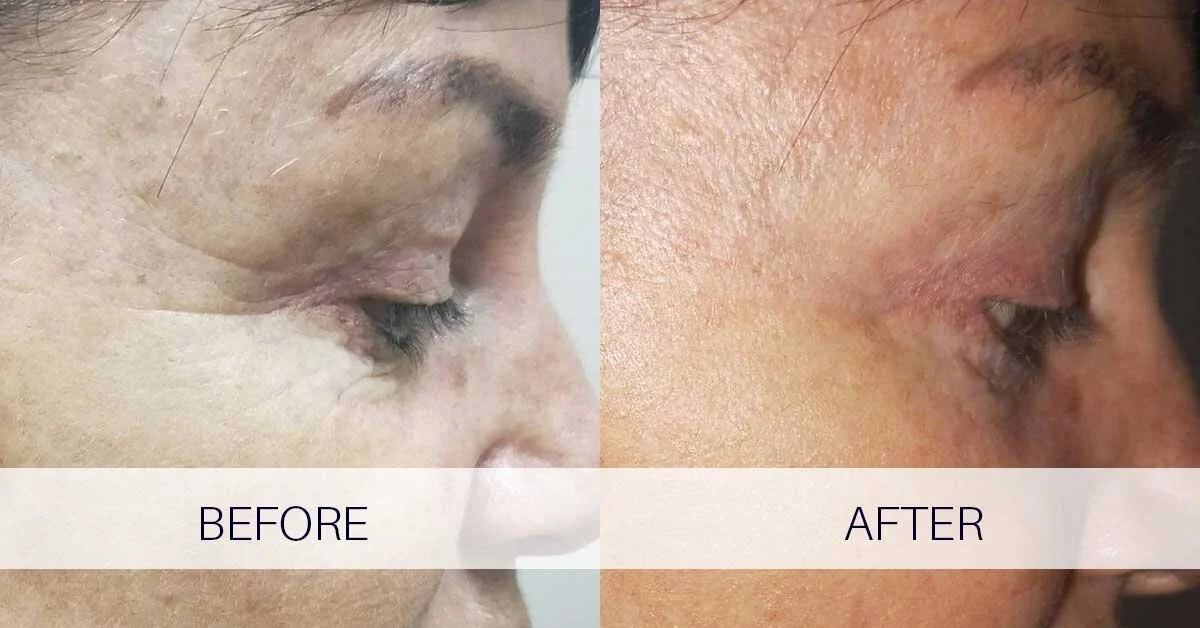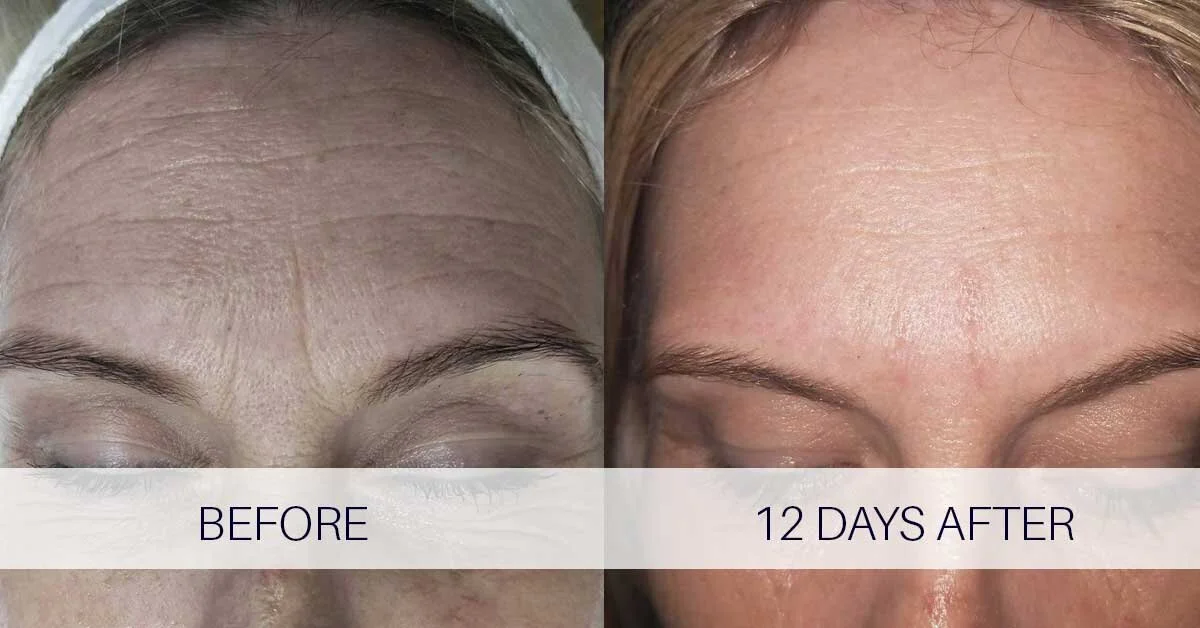Plasma Pen.
Plasma Pen Treatments.
Plasma Pen Treatments are now an increasingly popular non-surgical treatment for facial and skin rejuvenation. To understand what plasma technology is, it is best to define what it is first.
Plasma is now referred to as the fourth state of matter after the three states of matter that we are familiar with, solid, liquid and gas. Plasma is described as a “liquified gas” in which the electrons are stripped from atoms to form an ionised gas, in which ions are free to move.
Plasma treatments do not require any cutting of the skin and are much quicker than surgery as no general anaesthesia is required. Treatments can take between 20-30 minutes and there is minimal downtime, however, there can be small formations of scabs and slight swelling. With visible results after one treatment and a gradual improvement over a couple of weeks post-treatment, it is no wonder why plasma treatments are highly sought-after!
A consultation is required prior to this treatment so we can determine if this is the best and most suitable treatment for you and your skin needs.
How does the plasma device work?
The device generates plasma where a visible smoke is produced during treatments, as a result of the sublimating process. Sublimation is the physical term for the shift from solid to gas. The device heats the dermis which begins to shed post-treatment allowing new fresher skin to form. At the same time, new collagen begins to form. There is no formation of electricity and no thermal damage.
What skin conditions can plasma technology treat?
Plasma treatment is commonly used to treat the following:
Non-surgical blepharoplasty.
Face, neckline and body lifting.
Fibromas.
Xanthelasmas.
Spots.
Acne.
Hyperpigmentation.
Cysts.
Fine lines and wrinkles.
Warts.
Scars.
Herpes Simplex.
Keloids.
Moles.




